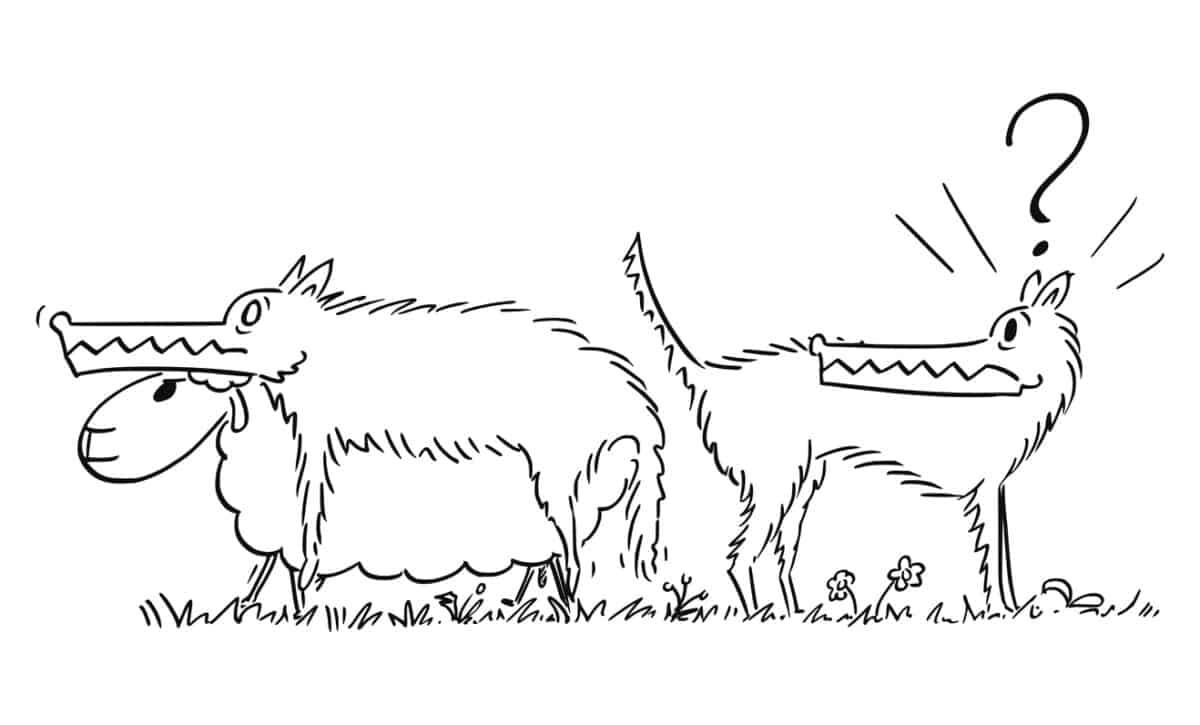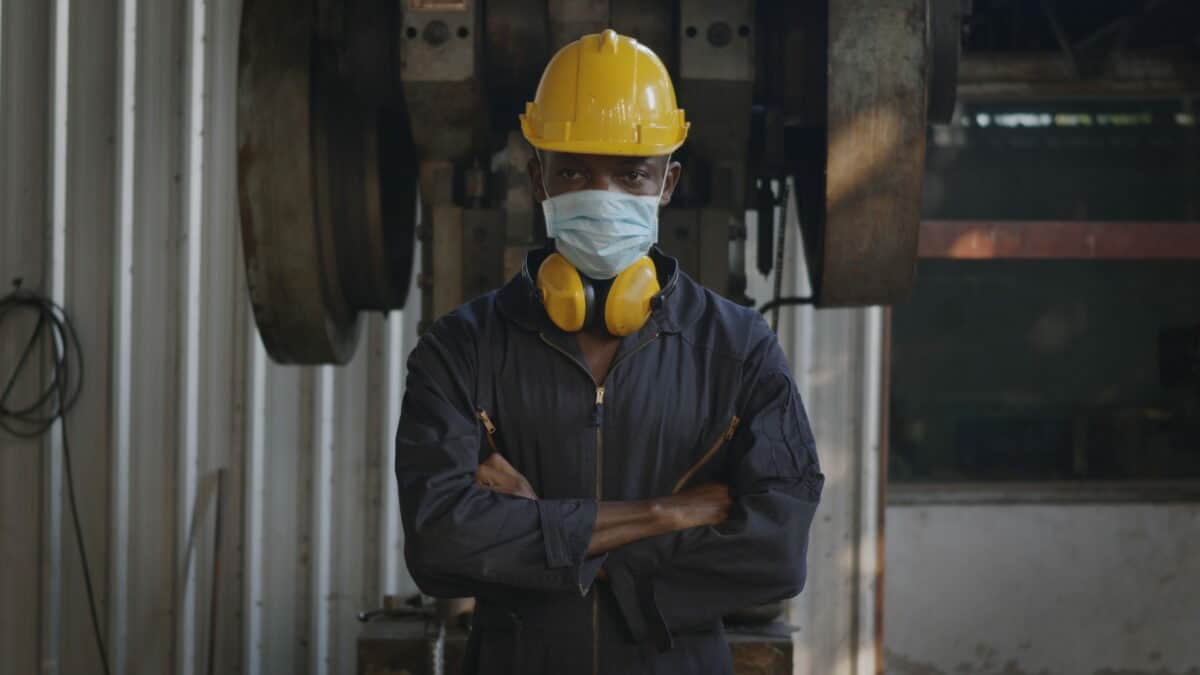Last week Australian media covered a confrontation between Prime Minister Scott Morrison and a pensioner, Ray, in Newcastle. Most of the coverage focused on Ray’s criticism of the commitments of the Morrison Government to support and reward those citizens willing to “have go”. The full 5-minute video provides a much better context to the man’s complaints than do the short edits on most media bulletins. That context seems to include concerns about workers’ compensation and the processes of the Dust and Diseases Board.
Category: Morrison
Why bother with the Federal Government on OHS matters?
Australian political debate has a recurring thread of State and Federal responsibility. Currently, this debate focuses on the emergency response for floods in Queensland and New South Wales. Before this was the COVID response and the Black Summer bushfires. This argument over responsibility has trickled along for many years, for Constitutional and other reasons, including occupational health and safety (OHS).
Some years ago, all the Australian governments had a stab at resolving the split without reforming the Constitution through the OHS harmonisation strategy. It tweaked the system without Constitutional reform, but OHS will remain primarily a State and Territory matter (except for Comcare). This allows Prime Minister Scott Morrison to make bold statements (and some not-so-bold) about national problems like sexual harassment in Australian workplaces or worker exploitation in agriculture, understanding that the local jurisdictions are the ones who need to fix and police the problems.
Australia’s Prime Minister shows his ineffectiveness on OHS and COVID
Pragmatism was a theme of yesterday’s blog article. On January 19 2022, Prime Minister, Scott Morrison, showed political pragmatism in his press conference. His comments could create more discomfort between State and Federal jurisdiction and more occupational health and safety (OHS) confusion for business owners and employers.
The PM misses an opportunity for OHS leadership
Last week in Devonport, Tasmania, an inflatable jumping castle flew into the air injuring and killing several primary school-aged children. Shortly after Prime Minister Scott Morrison conducted a press conference in conjunction with the Tasmanian Premier Peter Gutwein and others in which he spoke about the incident and its impact on the local community. It is worth looking at the PM’s comments from an occupational health and safety (OHS) perspective.
Many readers will be aware that fatalities related to inflatable amusement devices becoming airborne are uncommon but not unknown, as the ABC article linked above shows. Most Australian jurisdictions have issued OHS guidelines for amusement devices, including inflatable jumping castles. Here are links to two examples that illustrate the state of knowledge of the risk. This article makes no comment on the OHS circumstances of the Devonport incident.
Look at the verbs to identify leadership and commitment
On September 16 2021, the Prime Minister of Australia, Scott Morrison, said:
“The first major initiative of AUKUS will be to deliver a nuclear-powered submarine fleet for Australia. Over the next eighteen months we will work together to seek to determine the best way forward to achieve this…”
The second line of this quote includes a specific timeline but less specific commitments – a combination of words that reflects much of the corporate-speak that is often used with occupational health and safety (OHS) duties and other pledges and obligations.
Morrison gives a deadline against which progress will be measured. He commits to working with the United Kingdom and the United States to meet this deadline. But then, he says they will “seek to determine” – they are not sure what they are doing, but they will look for it. And “the best way forward” for whom? And to what ends? We hope it will be to building a fleet of nuclear-powered submarines, the current context.
“Too little, too late” but potential in primary prevention
On Australia’s Women’s Safety Summit, Wendy Tuohy contemplated, in The Age, after the first day;
“It may turn out to be too little, too late, but if there’s real commitment behind Morrison’s lines, we could conclude it’s a start.”
There are few signs of Prime Minister Scott Morrison’s commitment. Women will continue to work in companies and workplaces where they are at risk of psychological harm from sexual harassment and physical harm from sexual assault. Occupational health and safety (OHS) laws offer a harm prevention option that nobody seems keen to consider.
Save lives or save money – the OHS tension
There are two core elements to the work of the occupational health and safety (OHS) professional – the management of Safety and the management of Safety Liability. In the simplest of terms, the former saves lives and the latter saves money. OHS (and politics) has always involved juggling these two extremes.
There are many examples of this tension but the most obvious, at the moment, is COVID-19 and the vaccination of workers.






